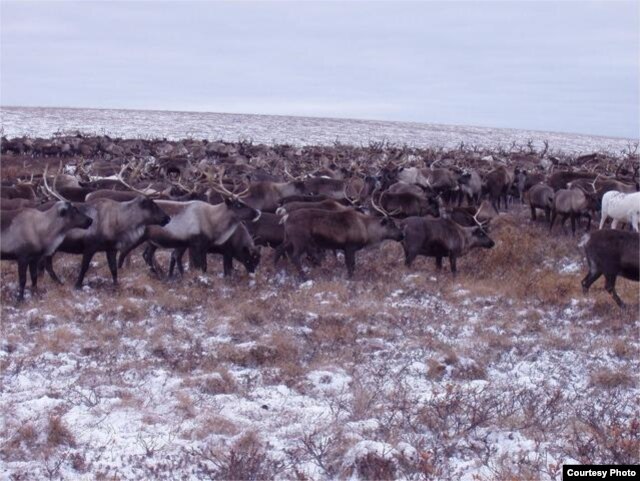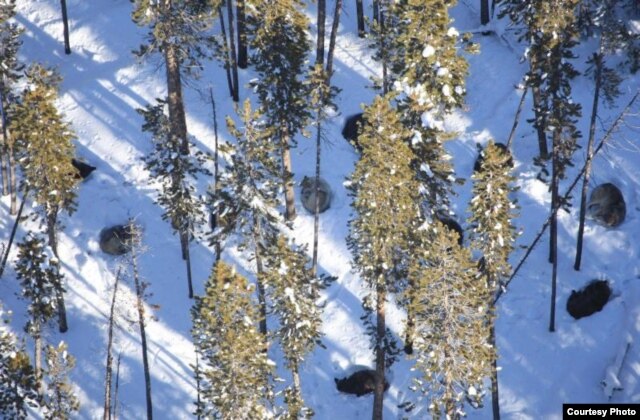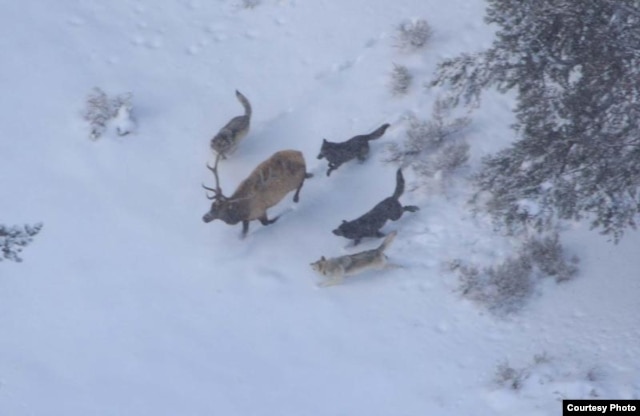Disir
Platinum Member
- Sep 30, 2011
- 28,003
- 9,608
- 910
Federal judge rules gray wolf hunt illegal places animal back on endangered species list Star TribuneA federal judge on Friday placed the gray wolf back on the endangered species list, a measure that put an immediate stop to wolf hunts in Minnesota, Wisconsin and Michigan.
It’s the fourth time in the last 10 years that courts have intervened in favor of gray wolf protection, and this time it overturns a 2011 U.S. Fish and Wildlife Service decision that opened the way for hunting of wolves in the Great Lakes region for the first time in 40 years.
“In the short time since federal protections have been removed, trophy hunters and trappers have killed more than 1,500 Great Lakes wolves under hostile state management programs that encourage dramatic reductions in wolf populations,” said Jonathan Lovvorn, senior vice president and chief counsel for animal protection litigation at the Humane Society of the United States.
The group sued the U.S. Fish and Wildlife Service last year over wolf protections.
A state DNR spokesman said the ruling means that, effective immediately, Minnesotans can no longer kill wolves except in the defense of human life.
It’s not yet clear whether the state can or will move to appeal the decision: It’s long been the DNR’s belief that a managed wolf hunt would not imperil the animal’s survival in Minnesota, said spokesman Chris Niskanen.
“Many, many wolf experts around the country have said you can harvest wolves without having an impact on their populations,” he said.
Despite Friday’s ruling, state or federal wildlife agents may still shoot wolves suspected of livestock depredation. Some 200 wolves in Minnesota were killed by state and federal officials this year.
Well, that was short lived.





